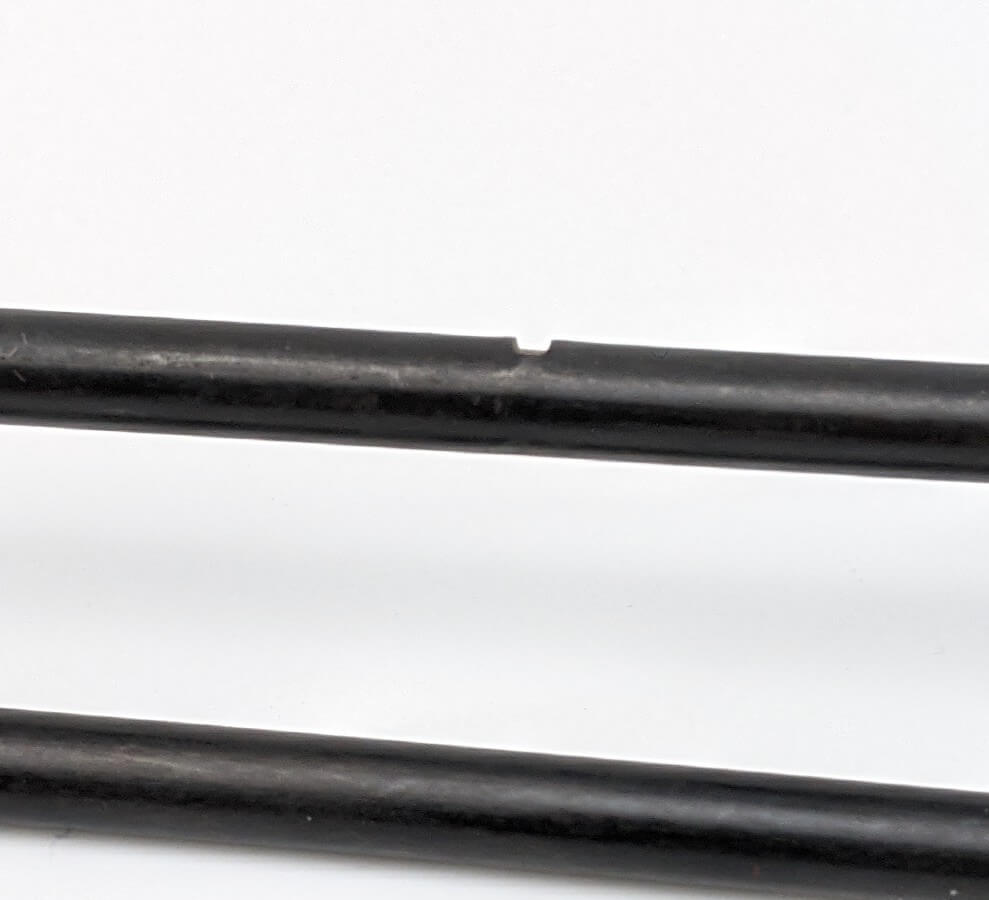Get unique, complex parts easily. No matter your requirements, Chaoyi Spring creates hard-to-produce coil springs and wire forms.
Let us help you create the custom wire form you need, from S-hooks and J-hooks to utility hooks and more.
We work closely with customers across a wide range of industries, helping them design and manufacture made-to-order parts.
Why choose Chaoyi Spring? We prioritize customer-focused collaboration, modern equipment and the latest technology to make your parts per print.
Find the information and guidance you need, from measuring a spring to learning about materials, placing an order and much more.
Have you ever wondered how far a stone will compress a spring? It's a question that has puzzled many, and the answer lies in the fascinating world of physics. The


Have you ever wondered how far a stone will compress a spring? It's a question that has puzzled many, and the answer lies in the fascinating world of physics. The compression of a spring is determined by the weight of the stone and the spring's stiffness, which is known as its spring constant. Let's delve into the mechanics of this interaction and explore how to calculate the compression distance.

Springs, those seemingly simple coils of metal, are actually remarkable devices that obey fundamental principles of physics. Their ability to store and release energy makes them vital components in countless applications, from car suspensions to everyday objects like pens and door hinges. When a force is applied to a spring, it compresses or stretches, storing energy in the process. The amount of compression or extension is directly related to the force applied and the spring's stiffness, a property known as the spring constant.
The relationship between force, compression, and the spring constant is beautifully captured in Hooke's Law, a foundational principle in physics. Hooke's Law states that the force exerted by a spring is directly proportional to its displacement from its equilibrium position. This means that the more you compress or stretch a spring, the more force it exerts in opposition. Mathematically, this relationship can be expressed as:
F = -kx
Where:
F = The force exerted by the spring
k = The spring constant (a measure of the spring's stiffness)
x = The displacement of the spring from its equilibrium position (compression or extension)
The negative sign indicates that the force exerted by the spring is always in the opposite direction of the displacement. For example, if you compress a spring, it pushes back against you, and if you stretch it, it pulls back towards its equilibrium position.
Now, let's get back to our stone and spring. To figure out how far the stone will compress the spring, we can use Hooke's Law. The force acting on the spring is the weight of the stone, which we can calculate using the formula:
Weight (F) = Mass (m) * Acceleration due to gravity (g)
Let's say the stone has a mass of 1 kilogram, and we know the acceleration due to gravity is approximately 9.8 meters per second squared. Therefore, the weight of the stone would be:
Weight (F) = 1 kg * 9.8 m/s² = 9.8 N (Newtons)
To calculate the compression distance (x), we need to know the spring constant (k) of our spring. Let's assume the spring constant is 100 N/m. This means that for every meter of compression, the spring exerts a force of 100 Newtons.
Now we can rearrange Hooke's Law to solve for the compression distance (x):
x = F / k
Substituting the values we have:
x = 9.8 N / 100 N/m = 0.098 meters
Therefore, the stone would compress the spring by 0.098 meters, or approximately 9.8 centimeters.
It's important to remember that the compression distance isn't just determined by the weight of the stone and the spring constant. Other factors can influence how much a spring compresses, such as:
- The initial length of the spring: A longer spring will compress more than a shorter one under the same load.
- The material of the spring: Different materials have different spring constants. For instance, a spring made of steel will be stiffer than one made of rubber.
- The type of spring: Different types of springs, like coil springs, leaf springs, and torsion springs, have different force-displacement characteristics.
The concept of spring compression has wide-ranging applications in various fields. Here are a few examples:
- Car suspensions: Springs in car suspensions absorb the shock and impact from bumps and uneven surfaces, ensuring a smooth ride.
- Mechanical devices: Springs are used in countless mechanical devices, from clocks and watches to ballpoint pens and door closers. They provide force for various functions, such as opening and closing, holding objects in place, and returning mechanisms to their original position.
- Medical devices: Springs are incorporated into medical devices like surgical instruments and prosthetic limbs, providing flexibility and controlled movement.
- Everyday objects: Springs can be found in a wide variety of everyday objects, from the spring-loaded mechanism in a stapler to the retractable spring in a tape measure. They add functionality and ease of use to many things we encounter daily.
Understanding how far a stone will compress a spring is not just an intriguing thought experiment; it's a fundamental concept that underpins numerous aspects of our world. Hooke's Law provides a powerful framework for analyzing the behavior of springs and predicting their compression under different loads. This knowledge empowers us to design and use springs effectively in a wide range of applications, from engineering marvels to everyday objects.
Browse some of the custom wire forms and springs that we manufacture. Don’t see what you need? We specialize in made-to-order products that meet your application requirements.
Visit Our GalleryNeed a custom wire form or coil spring? We make it work. Fill out the contact form and a representative will respond within 1 business day. If you have a PDF or CAD file, you can submit to request a quote.